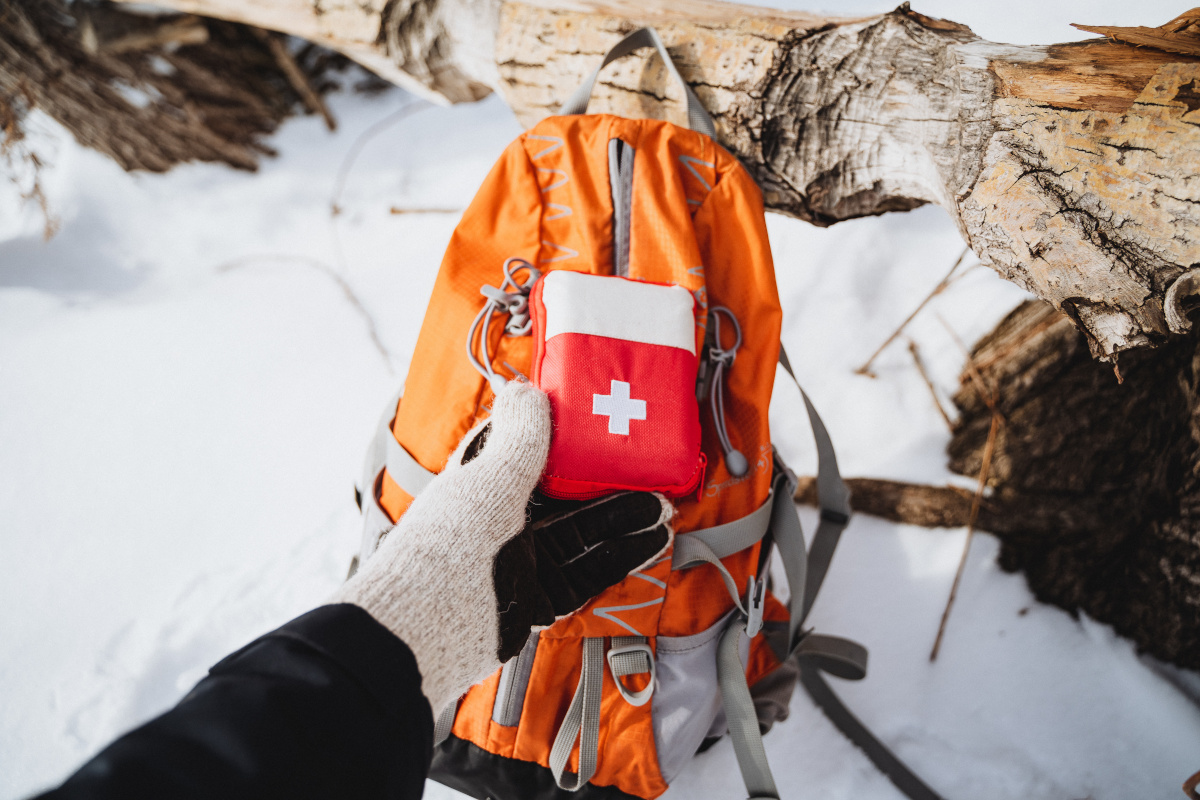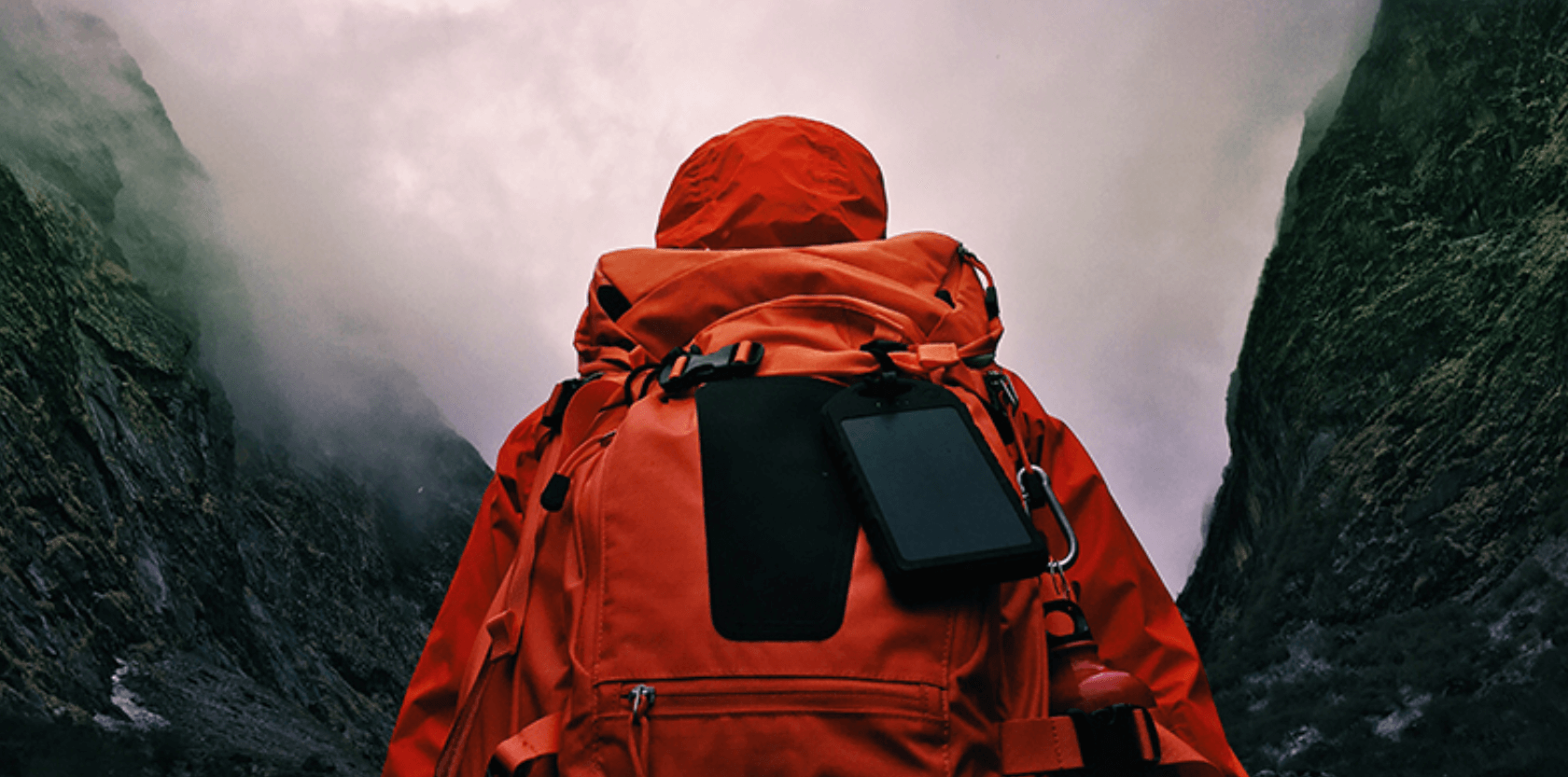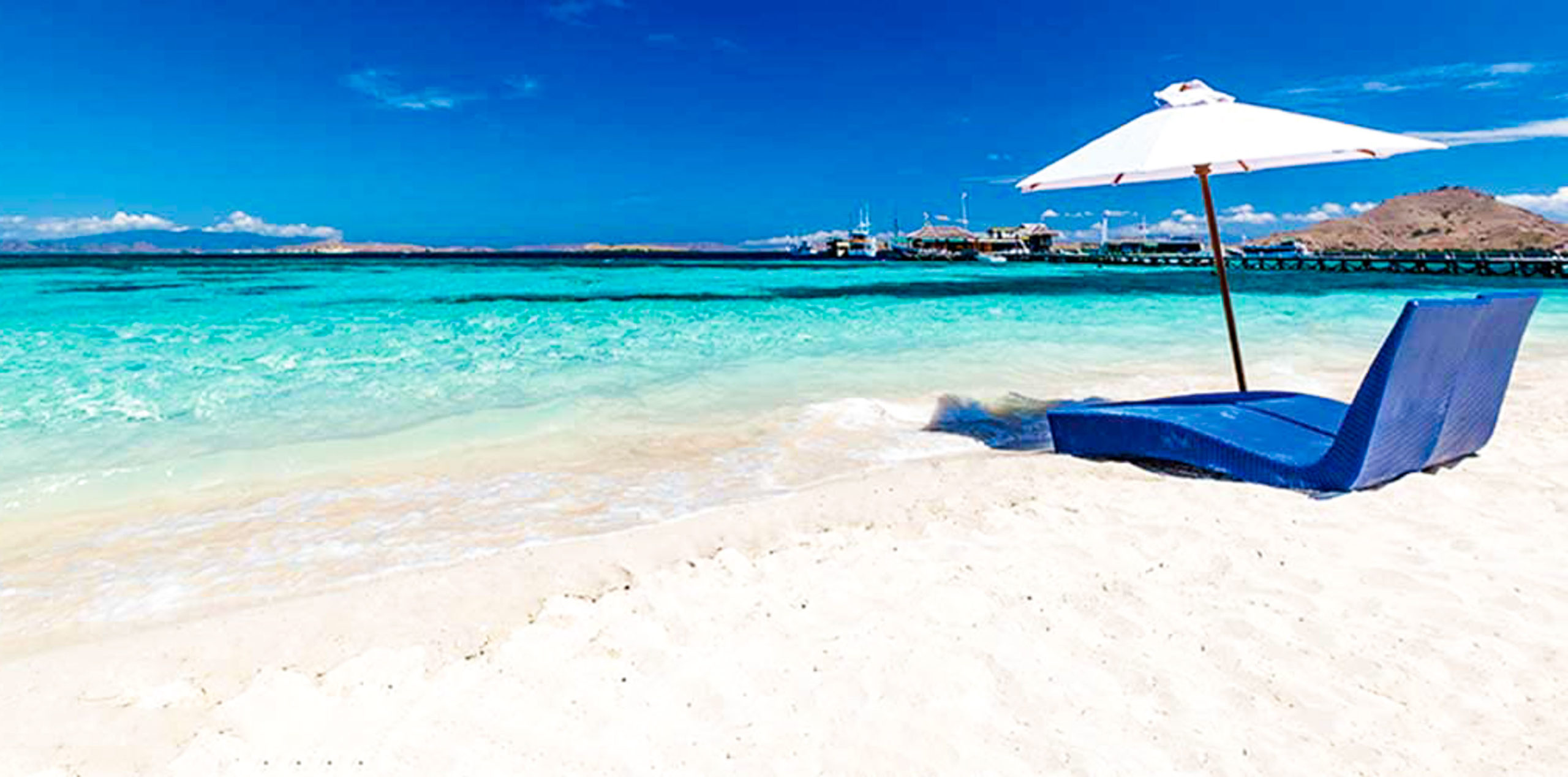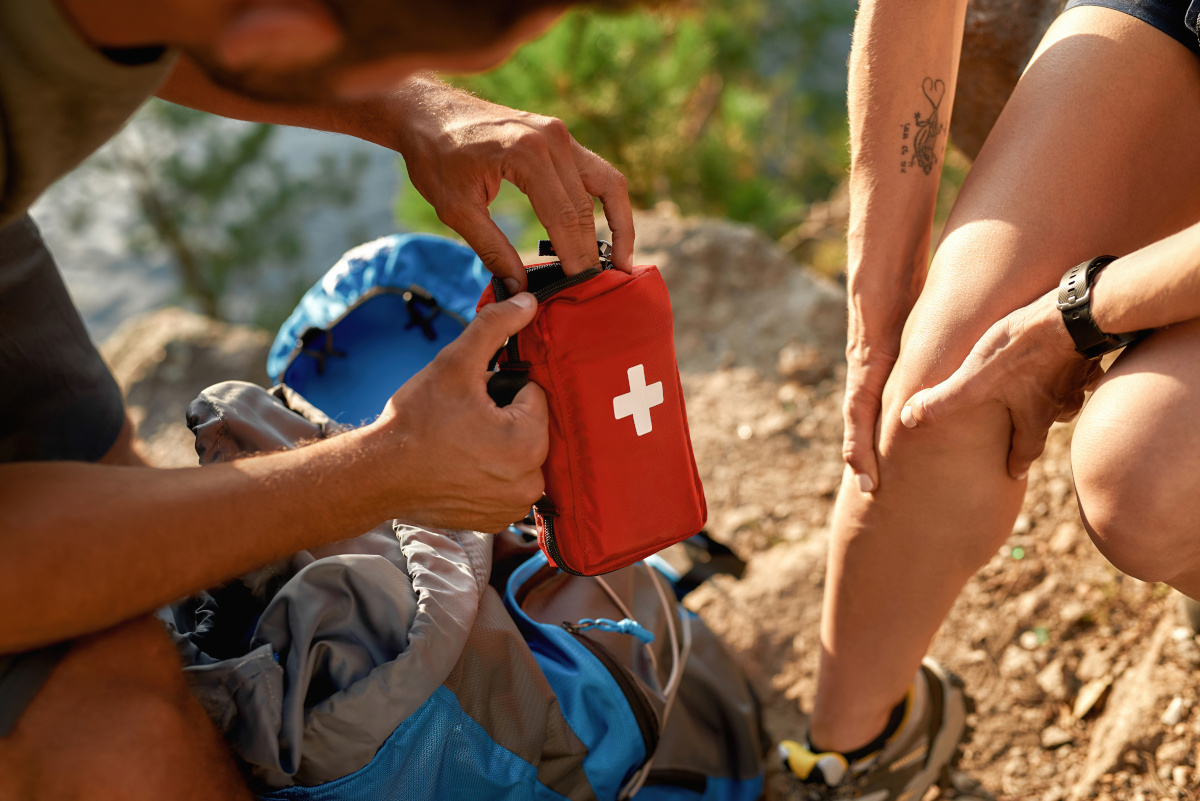
What to Pack in a Travel First Aid Kit
One of the most essential — yet often overlooked — elements of a packing list is a first-aid kit. As any well-traveled adventurer knows, you may not use your first aid kit on every trip, but when you need it, you tend to really need it.
Less-experienced travelers might assume that packing a first-aid kit is a waste of precious packing space. Why not just go to a pharmacy for necessary supplies if you need something, right? Well, as it turns out, having familiar products on hand and available right away can be very helpful.
What if the pharmacies are all closed on Sundays in the city you're visiting?
What if you can't read the dosage recommendation for the child's pain relief you just bought?
What if the over-the-counter treatment that's very easy to find at home is not commonly used overseas?
Bringing your own kit stocked with first-aid supplies can cut down on the hassle and keep a simple scrape or injury from derailing your trip, letting you get back to enjoying yourself quickly.
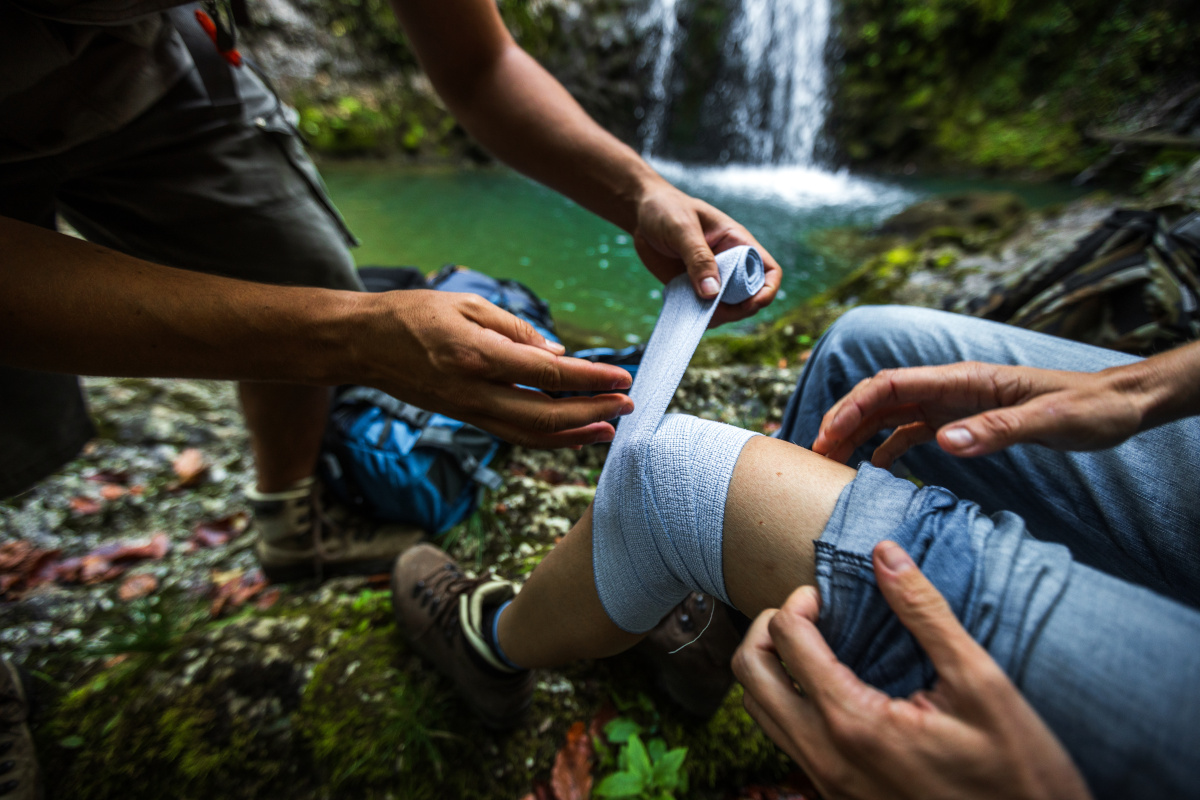
Common Injuries and Ailments for Travelers
Anything can happen when you travel abroad, and that goes for injuries and ailments, of course. If you feel seriously unwell or are injured, it’s always wise to go to a doctor. But according to Tom Bochnowski our first aid and adventure expert, there are a range of common injuries and ailments faced by travelers that are easy enough to treat, so long as you are prepared.
“Most travel-related injuries and illnesses—whether it’s a case of traveler’s diarrhea, a sprained ankle, or a nasty sunburn—are easy to manage on your own if you’ve taken the time to prepare. A well-stocked first-aid kit and a little know-how can turn a potential trip-ender into a minor hiccup.”
Let’s take a look at some of the most common things you may run into. All of these can be easier to navigate if you come prepared with a properly stocked first-aid kit.
Environmental Ailments
- Dehydration: This often occurs for a simple reason — hot weather with not enough hydration while you’re on the go. It can also occur if you are exerting yourself more than you do at home.
- Sunburn & heat exhaustion: This results from prolonged sun exposure without protection, especially if travelers are coming from a cooler climate and are not acclimated to heat.
- Altitude sickness: If you rapidly ascend to high altitude or exert yourself too much at high altitude, you can easily find yourself with altitude sickness.
- Motion sickness: This can occur during flights, boat trips, or car rides.
Food and Water–Related Ailments
- Food poisoning: This commonly occurs from eating unfamiliar or improperly handled foods.
- Traveler’s diarrhea: Similar to food poisoning, this is caused by contaminated food or water.
- Allergic reactions: This can be triggered by eating new foods, exposure to foreign plants, or even insect stings.
Common Traveler Injuries
- Slips, trips, and falls: Even leisurely adventures can result in slips and falls on uneven terrain, wet surfaces, or icy paths.
- Road accidents: These are more likely in countries with different driving rules, or if you are riding a motorbike or other vehicle you’re not used to at home.
- Sports and adventure injuries: The more adventurous your trip, the more likely you are to face sprains, fractures, and concussions, whether you’re hiking, skiing, or diving.
- Animal and insect bites: Mosquito bites are a particularly common offender, and some can transmit illness, depending on where you are traveling.
- Burns and cuts: These commonly result from cooking, camping, or exposure to hazardous materials.
- Deep vein thrombosis (DVT): This is a high-risk ailment that can occur due to long-haul flights with limited movement.
What to Pack in a Travel First-Aid Kit
Below are some of the necessary medical supplies you may want to pack in your first-aid kit, according to the Red Cross.
Remember to go through your kit regularly — both before and after each trip — to check on the shelf life of the products, get rid of any out-of-date contents, and make sure you have all the requisite dosing information and instructions to safely administer medication.
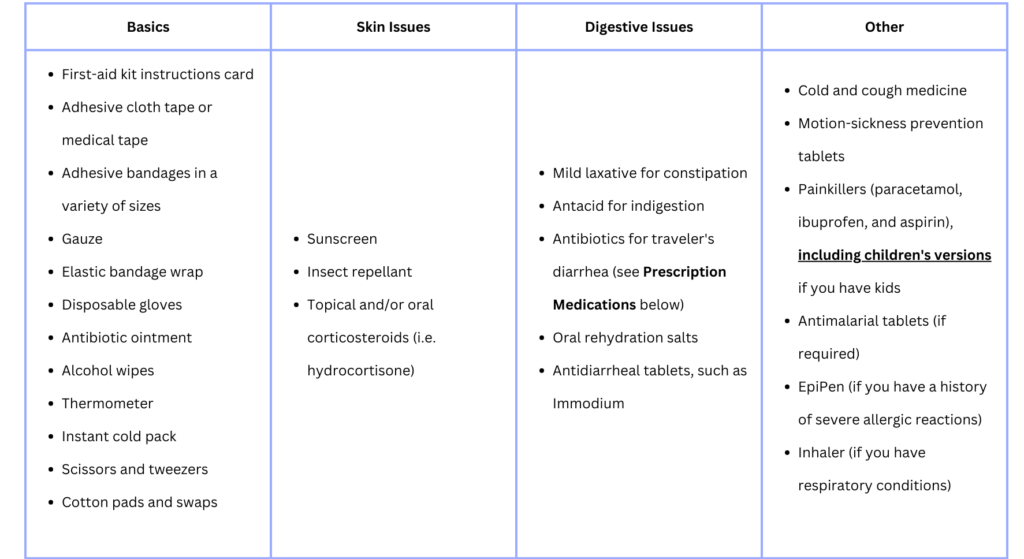
Prescription Medications
In addition to your first-aid kit, you should also bring an ample supply of any prescription drugs you typically take. It’s worth bringing more than you need for the duration of your trip in case you’re delayed, lose your luggage, or something unexpected occurs.
For certain destinations, a travel doctor may prescribe medication, such as antibiotics, as a just-in-case precaution. This is useful to have on hand if you experience serious traveler’s diarrhea, as it prevents you from having to seek out care or find a reputable pharmacy in your destination.
Keep all medications and prescriptions in their original packaging with dosage information displayed. This will help you clear any security hassles. Bring copies of any prescriptions from your doctor in case you need to get a replacement. And if you take prescription medications for any serious or life threatening conditions, speak to your doctor before you travel to see if there’s anything you need to be aware of.
FAQs About Travel First Aid Kits
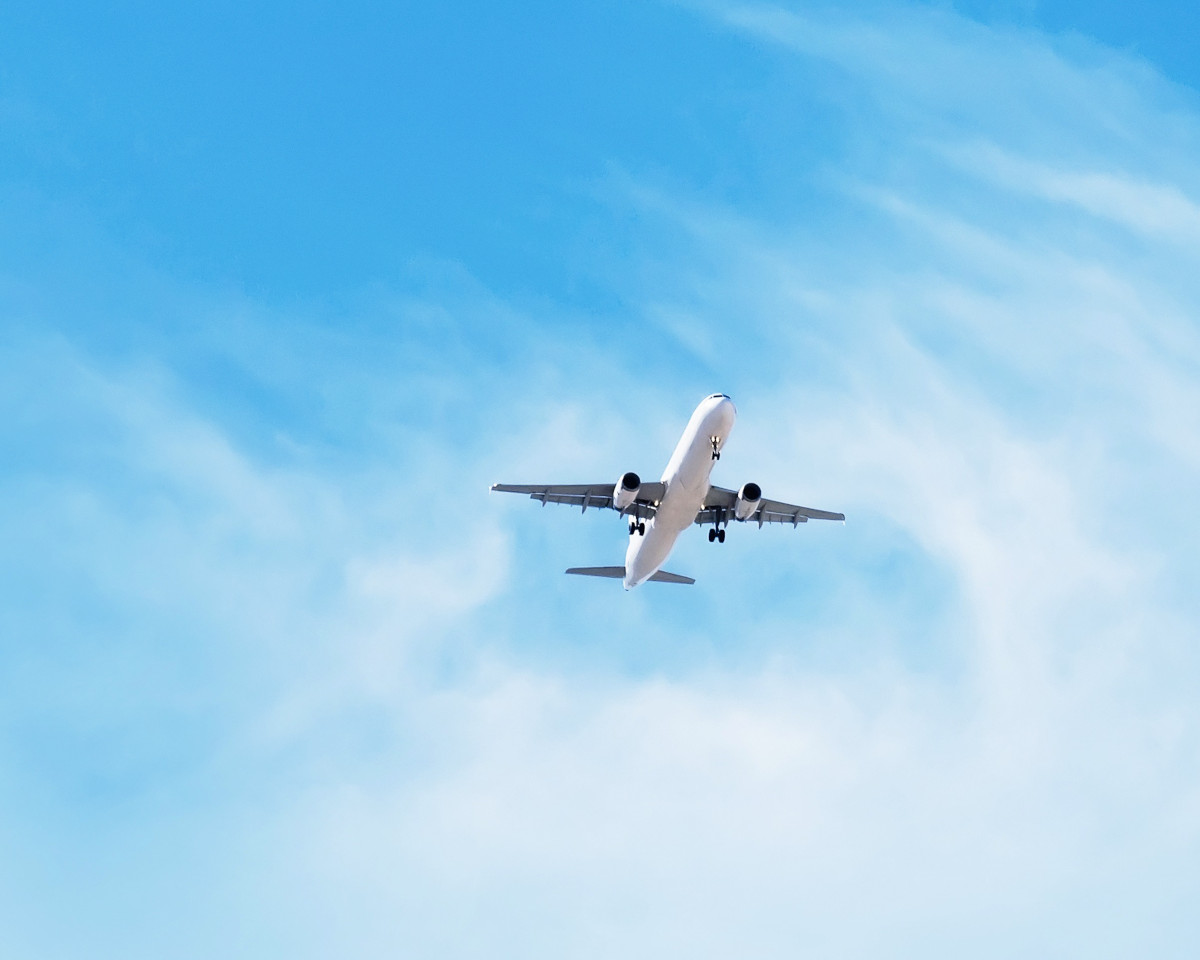
1. Can I pack a first-aid kit in my carry-on, or will I need to check a bag?
Liquids over 100ml or 3.4oz (though prescription medications over 100ml can be declared).
Needles and syringes are prohibited unless by prescription. EpiPens and insulin needles must be in their original packaging and declared.
Aerosol sprays, such as disinfectant sprays, are banned in carry-on luggage, as is hydrogen peroxide.
The size of scissors is restricted.
2. Are there any items that are unadvisable to put in a travel first-aid kit?
3. What items are unnecessary to include in a travel first-aid kit?
Redpoint Travel Protection Is Here to Help
First-aid kit all packed? Great, but don’t forget to prepare for your trip with a comprehensive travel insurance policy. Travel medical insurance is essential for the accidents and emergencies you can’t treat yourself.
Redpoint has a range of policies to suit every type of trip, so you can travel with confidence. Explore our three travel insurance plans — Ripcord, Cavalry, and Harbor — and get a quote for your next trip today.
